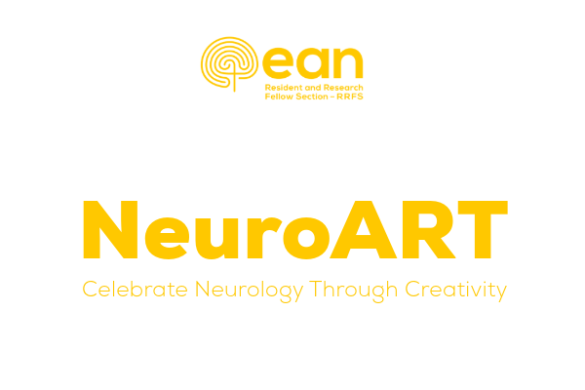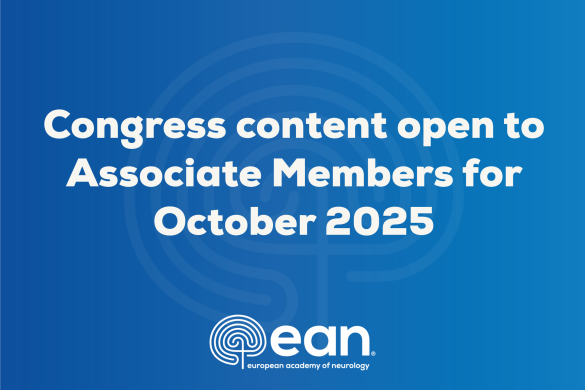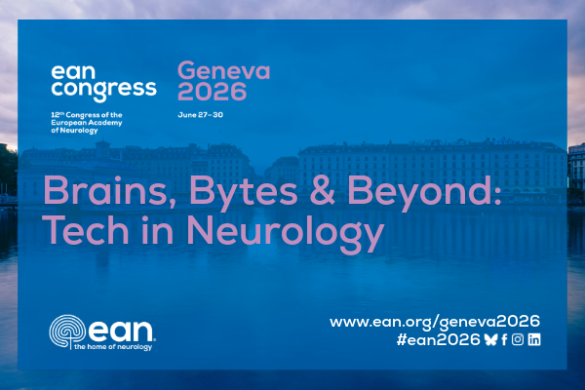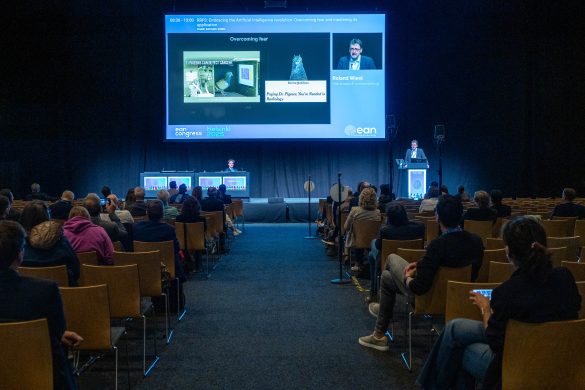Plenary Symposium 2
Neuroimaging of dementia
Hall A, Mon, 2016-05-30, 10.30-12.30
Chairpersons:
Reinhold Schmidt, Graz, Austria.
Massimo Filippi, Milano, Italy.
- Imaging of cerebral small vessel disease
Reinhold Schmidt, Graz, Austria. - Imaging of Alzheimer’s disease
Philip Scheltens, Amsterdam, The Netherlands. - Imaging of frontotemporal dementia
Massimo Filippi, Milano, Italy. - Monitoring treatment response in dementia trials.
Nick C.Fox, London, United Kingdom
Plenary Symposium 2 covered the use of different imaging approaches in the management of dementia.
Prof. Schmidt focused on the second most frequent cause of dementia, cerebral small vessel disease, which includes subcortical infarcts, cortical microinfarcts, lacunes, white matter abnormalities, and microbleeds. He underlined the link between white matter lesions and patient cognitive decline. However, it appears that there is not a clear correlation between brain lesion magnitude and cognitive impairments among patients. The evaluation of the normal appearing brain tissue by non-conventional techniques such as Diffusion Tensor Imaging (DTI) MRI, Magnetic Transfer Images (MTI) or voxel-based lesion symptom mapping will help to address these questions in the future.
In the second talk, Prof. Scheltens emphasized the importance of conventional imaging, not only as a routine test in Alzheimer’s disease diagnosis, but also as a putative useful tool to resolve pathophysiological questions. Molecular imaging such as amyloid or tau imaging will be helpful in both the stratification of the disease stage and classification of different clinical dementia phenotypes.
Prof. Filippi addressed the use of neuroimaging to differentiate characteristic patterns of brain damage in frontotemporal dementia (FTD) syndromes, contributing to the diagnostic work-up of these entities. PET imaging will provide valuable information about the preclinical stages of the disease and non-conventional imaging such as DTI MRI or functional MRI will probably have a central role in the diagnosis of FTD in the near future.
Finally, Prof. Fox emphasized the relevance of using conventional techniques for a proper subject selection in clinical trials, especially when the clinical diagnosis remains uncertain. Amyeloid and tau imaging are being increasingly used as sensitive markers for early diagnosis of Alzheimer’s disease. Clinical trials should incorporate these neuroimaging markers in an evidence-based manner.
Alvaro Cobo Calvo, MD, PhD
France
















